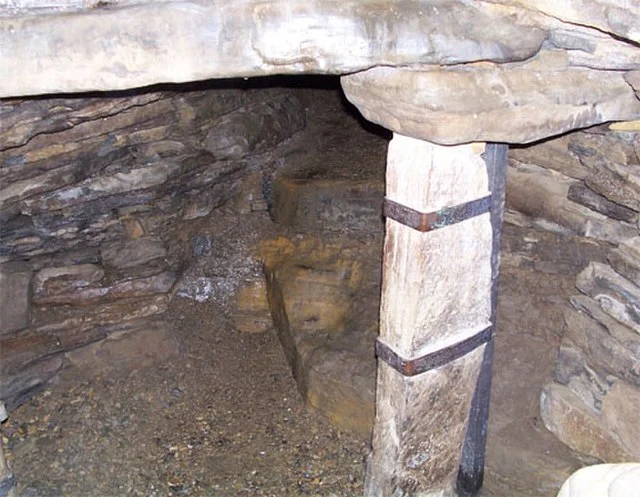Rennibister Earth House is a significant archaeological site located on the Mainland of Orkney, Scotland. This underground structure dates back to the Iron Age, around 1000 BC to 400 AD. It is part of a broader tradition of earth houses, also known as souterrains, which were built across northern Scotland and other parts of Europe during this time.
Get your dose of History via Email
Structure and Discovery
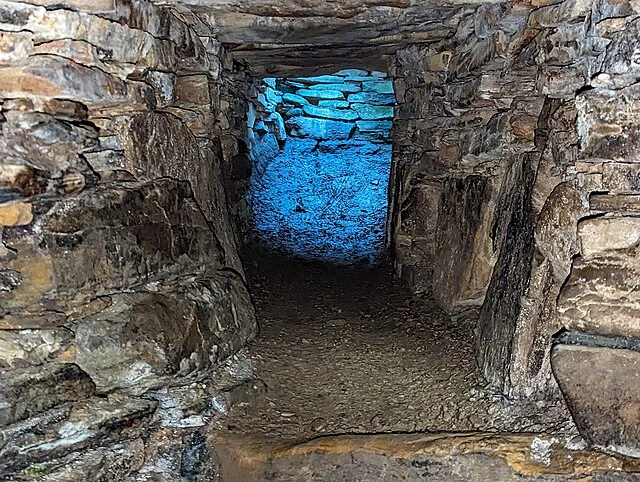
The Rennibister Earth House was discovered in 1926 when workers repairing a farm building accidentally broke into the roof of the structure. This earth house is entirely underground, with a small entrance leading into a central chamber and a series of side cells. The chamber measures approximately 4.6 meters in diameter, and the walls are constructed with dry stone.
One of the unique features of this earth house is the corbelled roof, which is designed to support the weight of the earth above. The side cells are smaller rooms, possibly used for storage. These features are consistent with other earth houses found in the region, which were likely used for domestic purposes or storage of food.
Purpose and Function
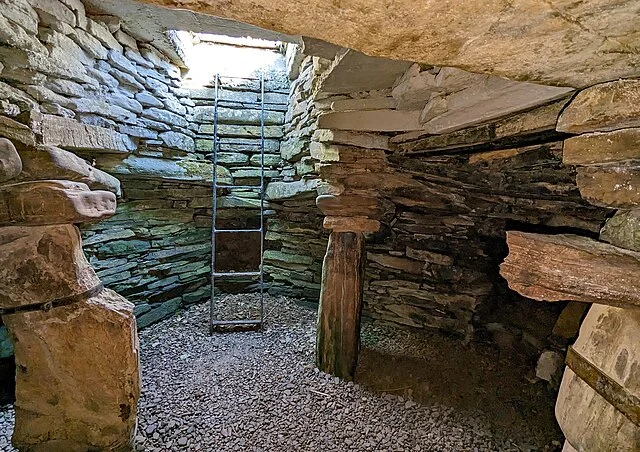
The exact purpose of earth houses like Rennibister is still debated among archaeologists. Some suggest they were used for storage, particularly of perishable goods, due to their cool underground environment. Others propose that they had a more complex function, possibly related to ritual practices or communal gatherings.
At Rennibister, human and animal bones were discovered during excavation. The presence of these remains has led to speculation that the site may have been used for funerary or ritual purposes. However, there is no definitive evidence to confirm this theory.
Historical Context
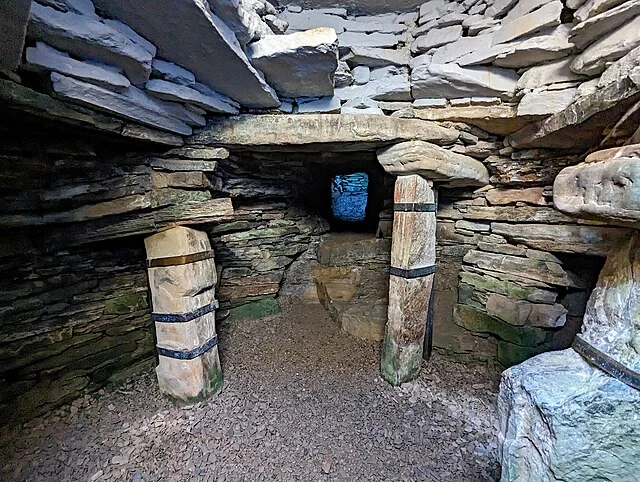
Earth houses like Rennibister were built during a time of social and environmental changes. The Iron Age in Scotland saw the development of fortified structures like brochs and crannogs. These changes suggest a need for defense and communal living in response to external threats or environmental pressures. The Rennibister Earth House, while not a defensive structure, reflects this broader trend of constructing complex and durable buildings.
Comparison with Other Earth Houses
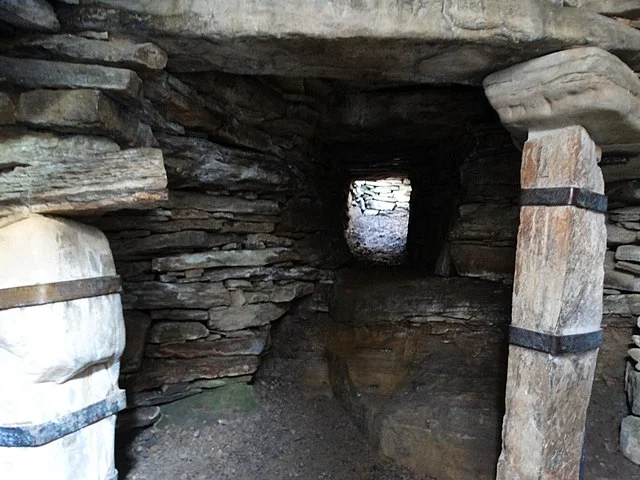
The Rennibister Earth House is one of several similar structures found in Orkney and the wider Scottish region. One of the most well-known is the Grain Earth House, located near Kirkwall. Like Rennibister, Grain also has a corbelled roof and side cells, though it differs in size and layout.
Preservation and Accessibility
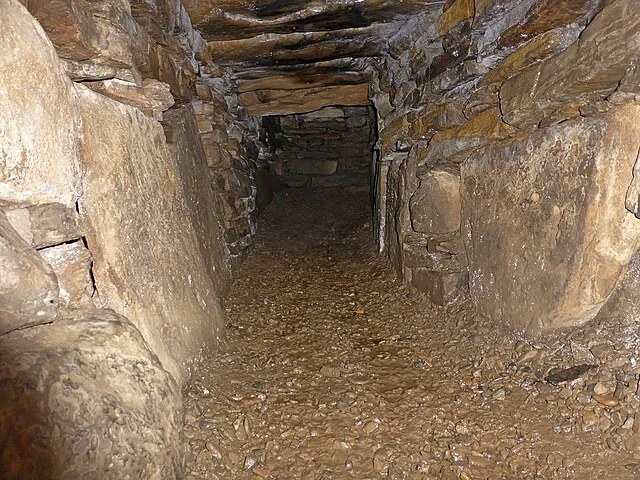
The Rennibister Earth House is currently managed by Historic Environment Scotland. Visitors can access the site through a hatch in the roof, which provides entry into the underground chamber. While the site is well-preserved, it is not as extensively studied as some of the larger Iron Age structures in the region, such as the brochs. Nevertheless, it offers valuable insight into the daily lives and practices of Iron Age communities in Orkney.
Conclusion
The Rennibister Earth House is a fascinating example of Iron Age architecture in Scotland. Its underground design, combined with the presence of human remains, suggests a complex social and cultural function. Further study of the site could reveal more about the people who built and used these structures. For now, Rennibister stands as an important link to Scotland’s ancient past.
Source:

